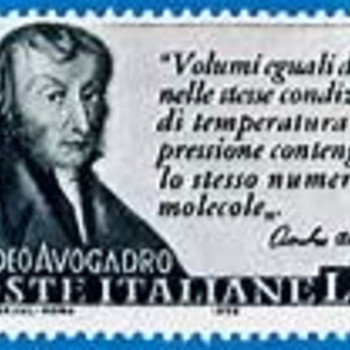If the #pH=9# for a solution of #KOH(aq)#, what is the concentration of #HO^-#?
#A.# #9*mol*L^-1# ;
#B.# #5*mol*L^-1# ;
#C.# #10^-5*mol*L^-1# ;
#D.# #"Cannot be determined."#
1 Answer
Explanation:
It is a fact that in aqueous solution under standard condtions,
If
And thus, given the definition of
Just to expand this a little bit, we can go back to the autoprotolysis of water:
Now we can certainly write the equilibrium expression for this rxn:
At
Now this is a mathematical expression, which we can divide, mulitply, etc. PROVIDED that we do it to both sides of the equation. One thing that can be done (and was done routinely in the days before electronic calculators) was take
OR
But,
And thus
This last is certainly worth committing to memory, or if you are an undergrad, commit the entire derivation to memory.

